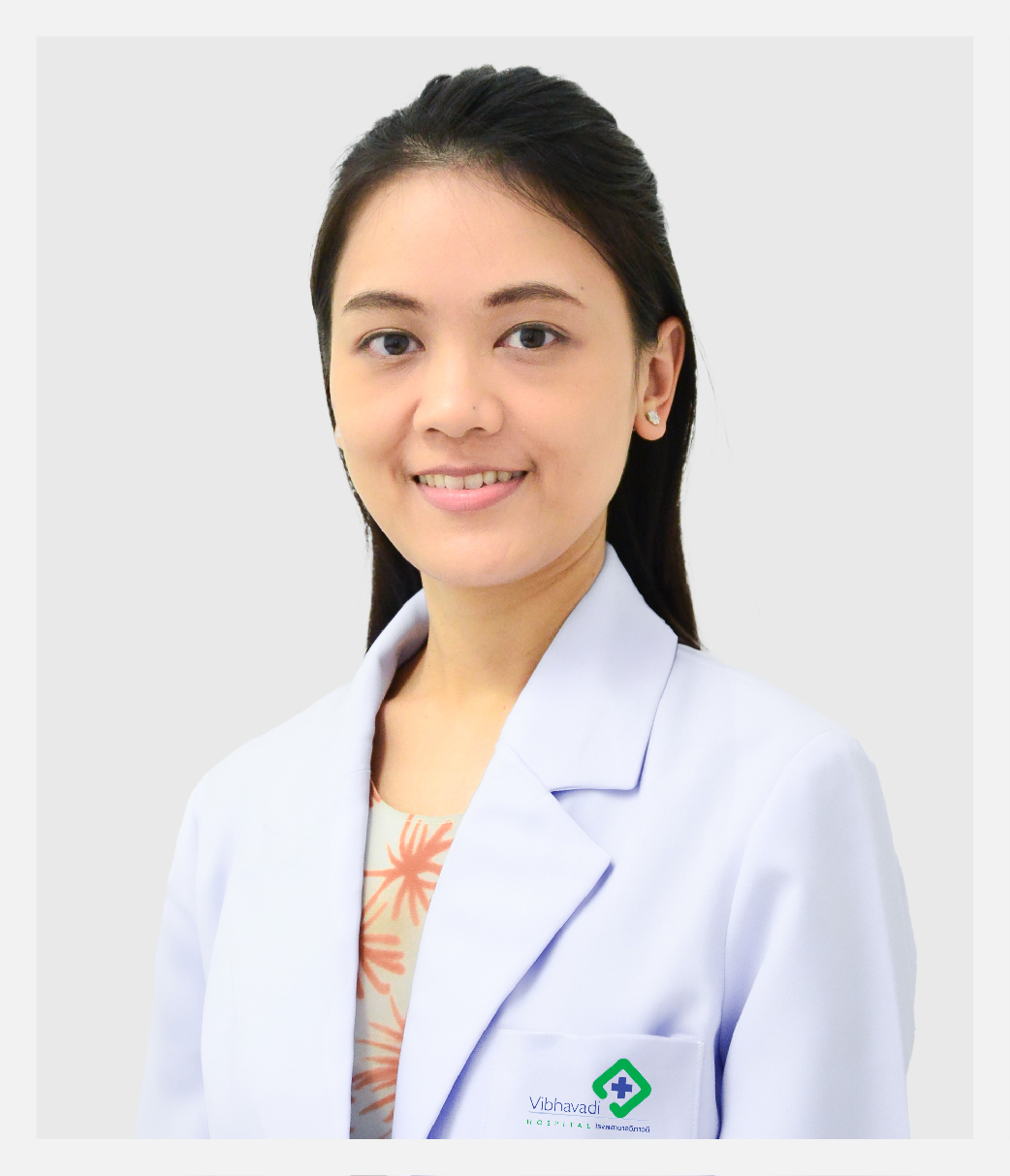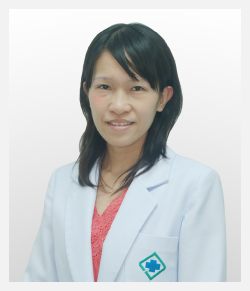Pulmonary Tuberculosis (TB): Comprehensive Overview

Understanding Pulmonary Tuberculosis
Pulmonary Tuberculosis (TB) is a contagious bacterial infection caused by Mycobacterium tuberculosis, primarily affecting the lungs. It spreads through airborne droplets when an infected person coughs, sneezes, or speaks. While TB can affect other parts of the body, pulmonary TB is the most common form.
Symptoms of Pulmonary Tuberculosis
Common symptoms include:
-
Persistent cough lasting more than three weeks
-
Coughing up blood or sputum
-
Chest pain
-
Fatigue and weakness
-
Fever and night sweats
-
Unintended weight loss
-
Loss of appetite
If you experience these symptoms, especially if you have been in contact with someone diagnosed with TB, seek medical attention promptly.
Causes and Risk Factors
Causes
TB is caused by the bacterium Mycobacterium tuberculosis. It spreads through the air when an infected person releases droplets containing the bacteria.
Risk Factors
-
Close contact with individuals who have active TB
-
Weakened immune system (e.g., HIV/AIDS, diabetes)
-
Living or working in crowded or poorly ventilated environments
-
Traveling to or residing in areas with high TB prevalence
-
Substance abuse (e.g., alcohol, drugs)
-
Malnutrition
Stages of Tuberculosis
-
Latent TB Infection: The bacteria remain in the body in an inactive state and cause no symptoms. Latent TB is not contagious but can become active.
-
Active TB Disease: The bacteria are active and cause symptoms. Active TB is contagious and requires immediate treatment.
Diagnosis of Pulmonary Tuberculosis
Diagnosing TB involves several tests:
-
Tuberculin Skin Test (TST): A small amount of testing material is injected under the skin to check for a reaction.
-
Interferon-Gamma Release Assays (IGRAs): Blood tests that measure the immune response to TB bacteria.
-
Chest X-ray: Identifies lung abnormalities suggestive of TB.
-
Sputum Tests: Analyzing mucus from the lungs to detect TB bacteria.
-
Molecular Tests: Rapid tests that detect TB DNA and resistance to antibiotics.
Treatment Options
TB treatment requires a combination of antibiotics over an extended period:
-
First-line Medications: Isoniazid, Rifampin, Ethambutol, and Pyrazinamide are commonly used.
-
Treatment Duration: Typically spans 6 to 9 months, depending on the patient's response and the presence of drug-resistant strains.
-
Directly Observed Therapy (DOT): Healthcare providers supervise patients taking their medication to ensure adherence.
It's crucial to complete the entire course of treatment to prevent relapse and the development of drug-resistant TB.
Our Medical Team
Our hospital boasts a multidisciplinary team specializing in respiratory diseases:
-
Pulmonologists: Experts in lung diseases, including TB.
-
Infectious Disease Specialists: Focus on treating contagious diseases.
-
Radiologists: Interpret imaging studies for accurate diagnosis.
-
Laboratory Technicians: Conduct and analyze diagnostic tests.
-
Nurses and Support Staff: Provide comprehensive care and patient education.
Frequently Asked Questions (FAQ)
Q: Is TB contagious?
A: Yes, active pulmonary TB is contagious and spreads through airborne droplets.
Q: Can TB be cured?
A: Yes, with proper and complete antibiotic treatment, TB can be cured.
Q: What happens if I stop treatment early?
A: Stopping treatment prematurely can lead to drug-resistant TB, which is more difficult to treat.
Q: How can I prevent TB?
A: Preventive measures include vaccination, avoiding close contact with infected individuals, and ensuring good ventilation in living spaces.
Q: Is there a vaccine for TB?
A: Yes, the Bacillus Calmette-Guérin (BCG) vaccine provides protection against TB, especially in children.
Testimonials
Proud to take care of you









